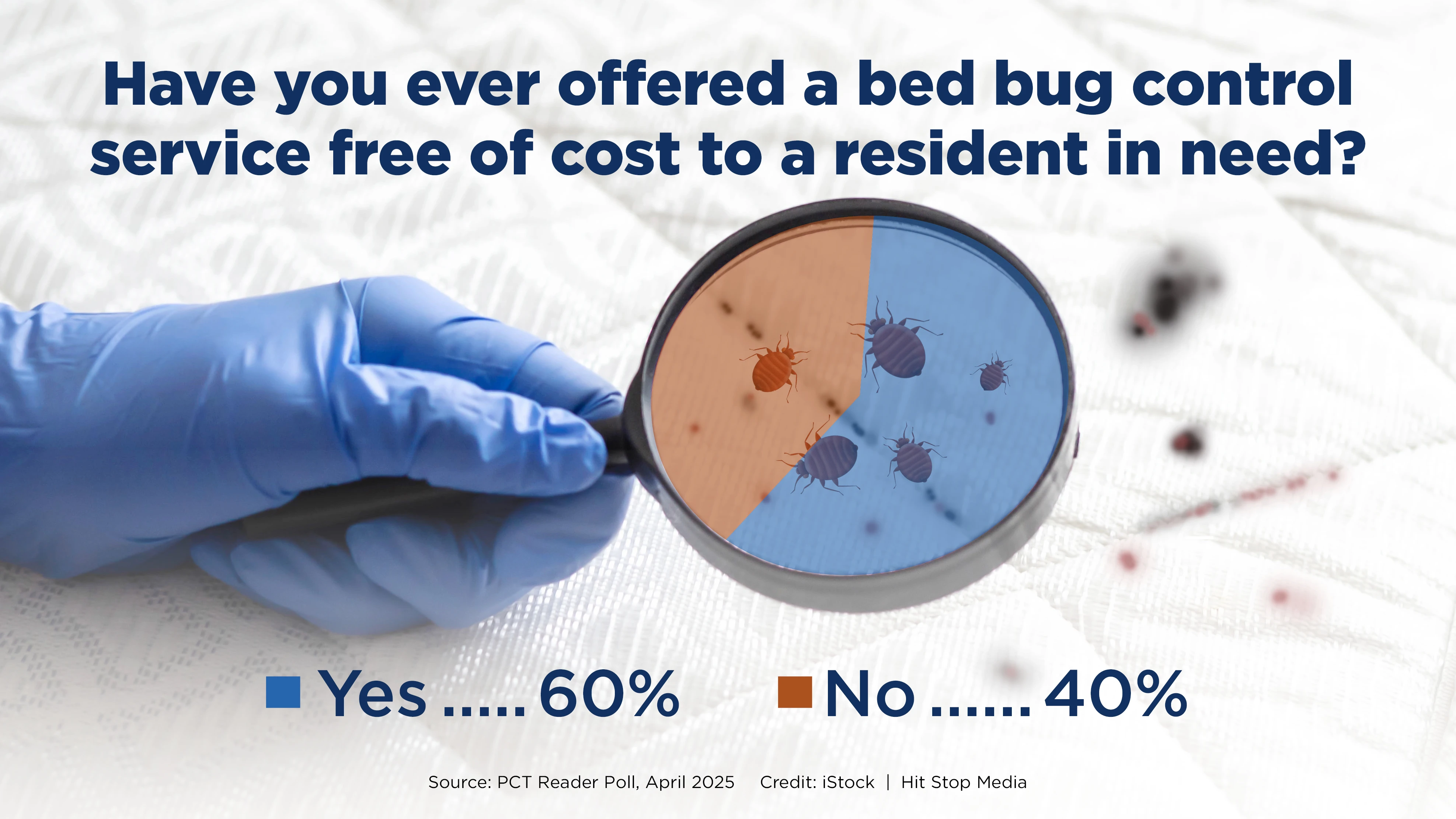Three years ago, Jerry Hogsette’s phone rang. And rang. And rang some more. It seemed that several big box and other large retail stores in Florida and Georgia were having serious problems with flies, and needed help fast.
“Simply because when you have an emergency, telephones ring,” Hogsette said. “It’s hard to stay ahead of the phone sometimes.”
Hogsette, a research entomologist with the U.S. Department of Agriculture since 1980, was the “go-to fly guy” for the stores. Based at the University of Florida, Gainesville, he has spent the last 27 years researching flies and mosquitoes. He recently returned from working in the deserts of Egypt, studying the effects of such an extreme climate on flies and the efficacy of fly traps.
But back in the American South in 2004, the flies were having a field day at the delis, bakeries and restaurants in many large retail and grocery stores, especially in the summer. Hogsette said that Georgia, in particular, where poultry farms dominate the rural landscape, would have severe fly explosions lasting for weeks on end.
“Georgia has a lot of broiler-type poultry farms. Sometimes they don’t realize what a good job they do in the winter of growing flies,” he said. Then, in the spring and summer when the farmers clean out their henhouses, the flies are pushed out. “And the nearest store is as good as any,” he said.
A FLY IN YOUR FUNNEL CAKE. Hogsette found extremely high fly populations in bakeries, delis and other food-preparation areas. The flies were ignoring UV lights set up to catch them, giving PCOs fits.
He said flies often vex even veteran PCOs because the bugs’ behavior can be difficult to predict. The main tool in combating a fly infestation in food areas — UV lights — while useful, sometimes only work on young flies, sometimes only on older flies, only right after flies have eaten or when they’re hungry, he said.
“It’s a preferential thing. I don’t know,” he says. “During the daytime, other things (besides conventional traps) are needed. It’s just kind of a push-and-shove thing until you can get them to go into a trap.”
Hogsette said that air curtains and fans are effective ways to keep flies away from customers or food, but they don’t always work in the colder months, and ultimately treat only the symptom of an infestation.
“It doesn’t get rid of the flies, but it keeps them out of the area — keeping them out is the biggest problem,” he said. “There’s a place we could use some device, and nothing was there.”
THE UMBRELLAS OF GAINESVILLE. Enter the Flybrella. Working with the now-retired chemist Dave Carlson, Hogsette developed the new fly trap to capture and kill flies where other fly control devices didn’t.
The trap prototype — which Hogsette says took about two hours to make out of two-liter pop bottles and tubing from Lowe’s — comprises a foot-long clear plastic tube with holes in it. Inside the tube is the bait strip. The flies consume the bait, die and then fall into an opaque catch basin.
“Sure enough, the flies went in it fairly nicely. The idea was to have a trap you could put in a place like that that didn’t look like a trap and concealed the flies once they were killed,” Hogsette says.
Hogsette says he has completed much of the testing on the Flybrella, and now is looking for someone to commercialize the product.
The author is assistant editor of PCT magazine.

Explore the June 2007 Issue
Check out more from this issue and find your next story to read.
Latest from Pest Control Technology
- Cockroach Control and Asthma
- Target Specialty Products Expands Sales Leadership Team
- FORSHAW Announces Julie Fogg as Core Account Manager in Georgia, Tennessee
- Envu Introduces Two New Innovations to its Pest Management Portfolio
- Gov. Brian Kemp Proclaimed April as Pest Control Month
- Los Angeles Ranks No. 1 on Terminix's Annual List of Top Mosquito Cities
- Kwik Kill Pest Control's Neerland on PWIPM Involvement, Second-Generation PCO
- NPMA Announces Unlimited Job Postings for Members






